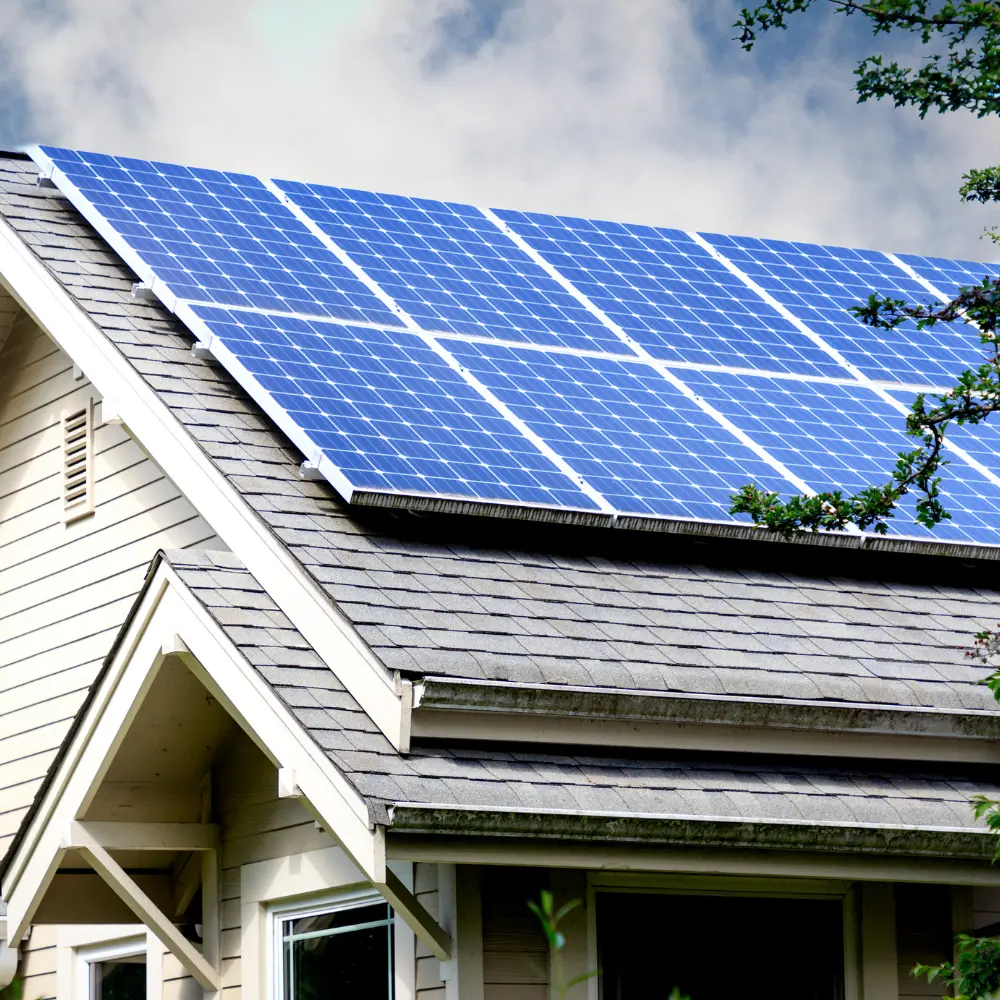
Buildings of all sizes are rapidly adopting solar power solutions—especially now that energy costs are climbing steadily and concerns about climate change intensify. Owners and landlords increasingly want advanced, future-proof systems that reduce electricity bills and showcase their commitment to sustainable living. However, the solar market can be confusing, with constantly evolving materials, evolving installation techniques, and new financing models. Many building managers hesitate, wondering if tomorrow’s innovation will turn today’s choices into obsolete relics.
Curiosity naturally arises: which advanced solar panel technologies offer the ideal balance of cost, efficiency, and ease of integration into modern buildings? A growing body of research explains how next-generation systems can seamlessly merge with architectural elements or adapt to local climates to maximize energy capture. This argument posits that breakthroughs in solar cell materials and design now yield a powerful combination of reliability, extended lifetimes, and improved performance, making them an essential consideration for building owners or landlords aiming to stay competitive.
New technology in solar arrays matters because conventional panels have certain constraints, including lower efficiency under partial shading or moderately high temperatures. Many building managers realize that outdated or underperforming panels do not always justify the high installation cost. A pivot toward advanced solar materials and integrated solutions may help them thrive in challenging conditions while reducing maintenance burdens.
Upgraded solar hardware plays a pivotal role in bridging the gap between research and practical realities for building managers. Innovations present a notable path toward long-term cost savings and brand enhancement.
Understanding how new solar panels outperform their predecessors helps stakeholders formulate strategies to upgrade or adopt systems that yield robust energy output and streamlined maintenance.
Seeing constant coverage of solar breakthroughs might leave building owners questioning which material solutions genuinely deliver. A myriad of next-generation cells promise higher efficiency, but each has different trade-offs.
The core challenge lies in deciding whether these materials hold up over 20+ years. Reliability data is emerging, and manufacturers increasingly subject advanced panels to rigorous stress testing, including harsh climate exposures.
Material innovations expand solar capabilities while introducing uncertainties about durability. Prospective adopters must weigh efficiency gains against proven lifespans. Nonetheless, the trend suggests that these new solar compositions push the boundaries, enabling higher energy yields in smaller spaces.
Beyond raw efficiency, building owners appreciate solar solutions that fit seamlessly into existing structures. Strategic panel design lowers overall complexity and cost, which can be pivotal for landlords wishing to preserve a building’s visual appeal.
Such streamlined systems might even accelerate project approvals, as municipal regulators and local homeowners’ associations often favor integrated designs that preserve or enhance neighborhood aesthetics.
Deployment ease is a central criterion for building owners. Integrated solutions that blend form and function allow solar panels to be recognized as structural elements rather than mere energy add-ons.
Technological leaps in solar panels go hand-in-hand with digital tools for continuous performance tracking. Landlords and building managers who incorporate robust analytics can confirm that novel panel materials deliver on their promises and can respond to issues swiftly. Key AI-driven monitoring features include:
Software-based intelligence aligns perfectly with advanced panel hardware, ensuring building owners maximize long-term returns and refine strategies for expansions or battery integration.
Smart analytics represent more than just convenience. They form a necessary layer that supports advanced solar adoption, making it easier to maintain system health and highlight the immediate and future benefits to both owners and occupants.
Envisioning tomorrow’s breakthroughs offers a glimpse into how building-related solar technologies may evolve. Owners who adopt advanced systems now position themselves to benefit from upcoming refinements. Emerging possibilities include:
Costs for advanced solar will gradually decline, mirroring earlier patterns in standard photovoltaics. Early movers may harness the intangible advantage of brand image by showcasing cutting-edge sustainability.
In the broader context, forward-thinking building owners investing in new solar panel technologies set themselves on a path of continuous innovation, reaping benefits that likely extend beyond energy savings.
Rapid advancements in solar panel science and design are making it far easier for building owners and landlords to incorporate high-performance, durable, and visually pleasing solutions. Novel materials promise higher power output, integrated designs reduce installation hurdles, and AI-driven monitoring keeps everything running at peak capacity. Embracing next-generation solar panels aligns with evolving sustainability priorities and enhances a building’s economic worth. By exploring these progressive options, landlords can secure reduced operating expenses, improved tenant satisfaction, and a powerful statement of environmental responsibility.
 We are thrilled to say that we are Staten Island's only BPI GoldStar Contractor and to be a part of NYSERDA's Home Performance with Energy Star Program.
We are thrilled to say that we are Staten Island's only BPI GoldStar Contractor and to be a part of NYSERDA's Home Performance with Energy Star Program.
 Experience unparalleled energy efficiency and indoor comfort with Energy Bute's. spray foam insulation.
Experience unparalleled energy efficiency and indoor comfort with Energy Bute's. spray foam insulation.
 Our talented team has a demonstrated track record of success and satisfied customers. When it comes to solar panels and solar energy, our team knows what they are talking about.
Our talented team has a demonstrated track record of success and satisfied customers. When it comes to solar panels and solar energy, our team knows what they are talking about.
 We offer Home Energy Audit services in Staten Island.Getting an energy audit performed on a home saves individuals up to 25% on their energy bill (annually).
We offer Home Energy Audit services in Staten Island.Getting an energy audit performed on a home saves individuals up to 25% on their energy bill (annually).